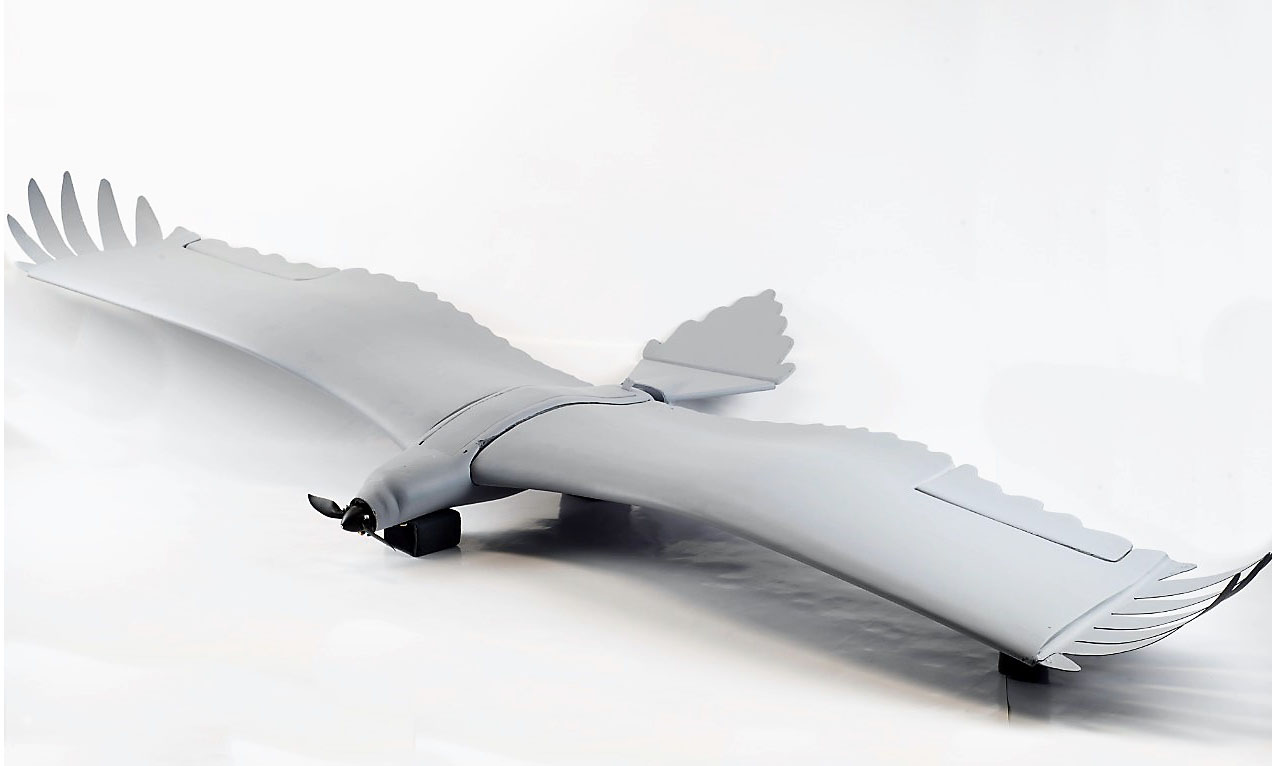The team not only demonstrated their device operating more than 1,000 times faster than any previous photonic processor, but they did so while processing record-sized ultra-large scale images – enough to achieve full facial image recognition, something that other optical processors have been unable to accomplish.
“This breakthrough was achieved with ‘optical micro-combs', as was our world-record internet data speed reported in May 2020,” said Moss.
While state-of-the-art electronic processors such as the Google TPU can operate beyond 100 TeraOPs/s, this is done with tens of thousands of parallel processors.
In contrast, the optical system demonstrated by the team uses a single processor and was achieved using a new technique of simultaneously interleaving the data in time, wavelength and spatial dimensions through an integrated micro-comb source.
Micro-combs are relatively new devices that act like a rainbow made up of hundreds of high-quality infrared lasers on a single chip. They are much faster, smaller, lighter and cheaper than any other optical source.
“In the 10 years since I co-invented them, integrated micro-comb chips have become enormously important and it is truly exciting to see them enabling these huge advances in information communication and processing. Micro-combs offer enormous promise for us to meet the world’s insatiable need for information,” Moss said.
Co-lead author of the study, Monash University’s Dr Xu, said the study demonstrated how dramatically we can scale the power of our processors through the innovative use of microcombs.
“We’re currently getting a sneak-peak of how the processors of the future will look,” Xu said.
Next steps
Moss and Mitchell are already exploring real world applications for this technology and, as part of that, will be working with the ARC Centre of Excellence on Automated Decision Making and Society at RMIT to promote ethical applications that benefit society.
Dean of RMIT’s School of Computing and Chief Investigator of the ARC Centre of Excellence on Automated Decision Making and Society at RMIT, Professor Mark Sanderson, said major technological advances like this underlined the importance of a bigger picture view of automation, including ethical considerations.
"Arnan and his team's research is exciting, it has created an AI system that trawls mammoth data sets, categorising content into groups. This type of AI allows search engines to locate accurate answers to our questions, detect spam in our email, recognise our speech, and help us detect diseases faster,” he said.
"But an innovative technology that allows more, faster AI isn't without risk and also has the potential for misuse."
"For projects like this one, our centre will focus on creating the knowledge and strategies necessary for responsible, ethical, and inclusive automated decision-making," he said.








